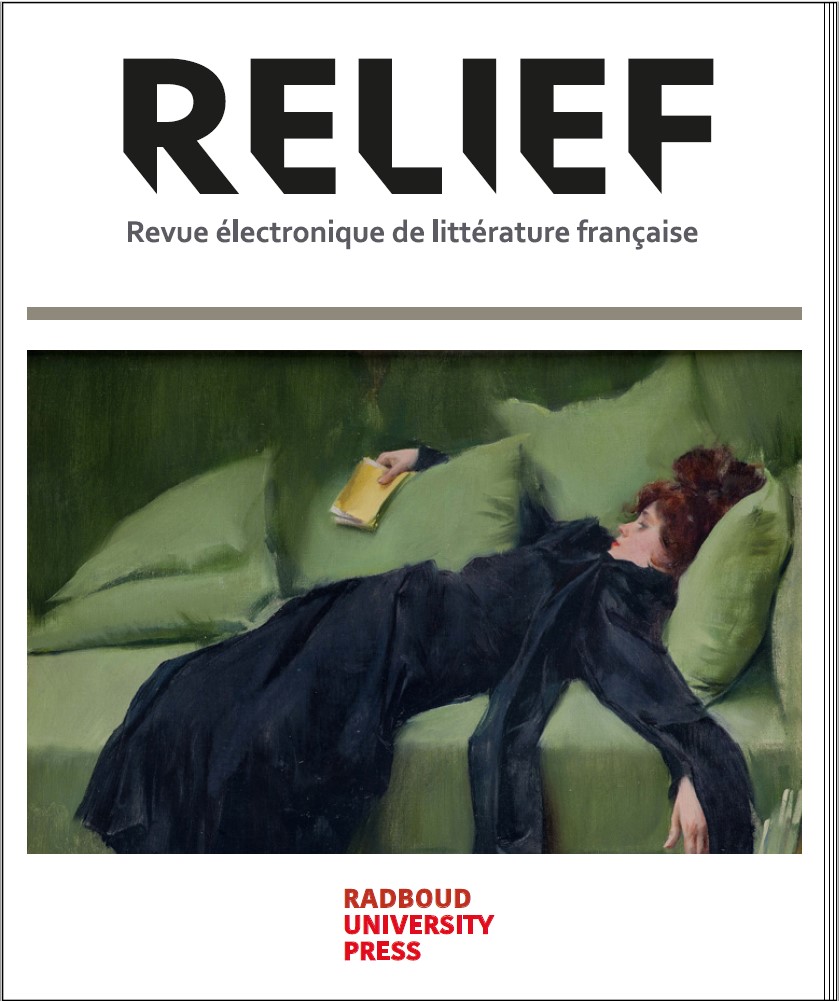The female reader-viewer of 'Gone with the Wind' and the eroticization of sexual violence
DOI:
https://doi.org/10.51777/relief18430Keywords:
Margaret Mitchell, Gone with the Wind, sexual violence, reception theory, identificationAbstract
Gone with the Wind is at the same time a recurring example among feminists of how rape is eroticized and the embodiment of intense immersive pleasure, which thrives on strong identification with Scarlett O’Hara for its female readers-viewers. Based on real reader-viewer textual responses, the article shows how interpreting the famous staircase scene as rape conflicts with deriving erotic feelings from identifying with Scarlett’s subjective experience. Moreover female reader-viewers see their perception of rape put under scrutiny, or even stigmatized. However, both the feminist critical and the eroticized responses imply a connection between fiction and the reader-viewers’ real world, which explains why the literal interpretation of the scene’s narrative content – is it or is it not rape ? – is pivotal.

Downloads
Published
How to Cite
Issue
Section
License
Copyright (c) 2023 Anne Grand d'Esnon

This work is licensed under a Creative Commons Attribution 4.0 International License.
All articles published in RELIEF appear in Open Access under the Creative Commons Attribution 4.0 International License (CC-BY 4.0). Under this licence, authors retain ownership of the copyright of their article, but they allow its unrestricted use, provided it is properly cited.




